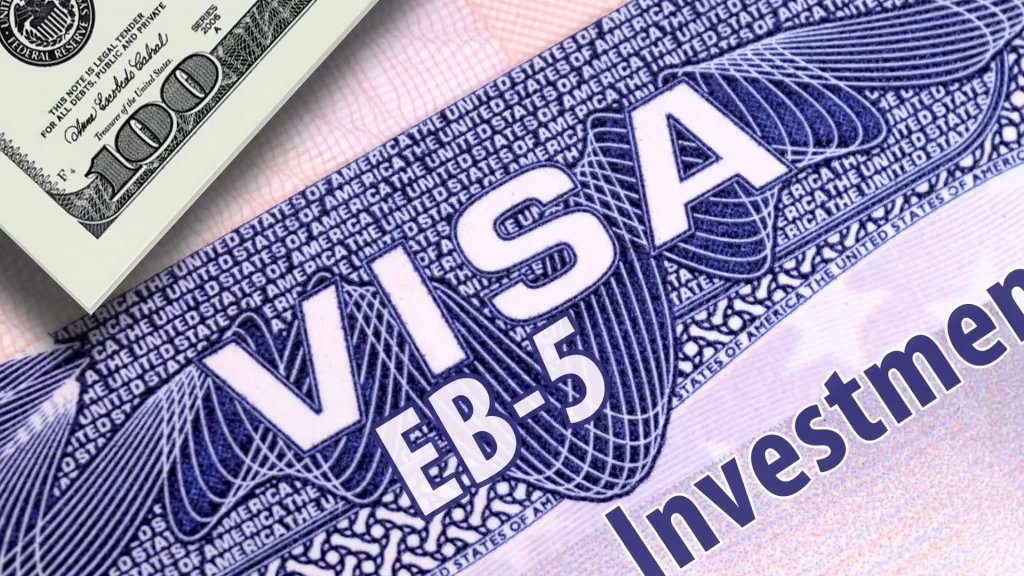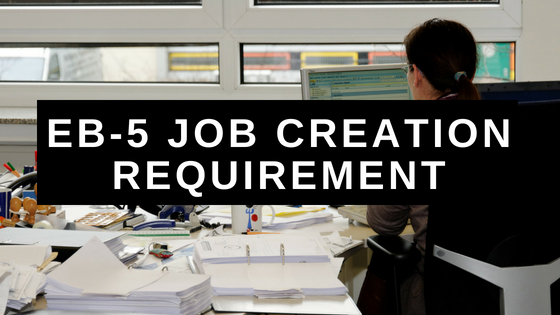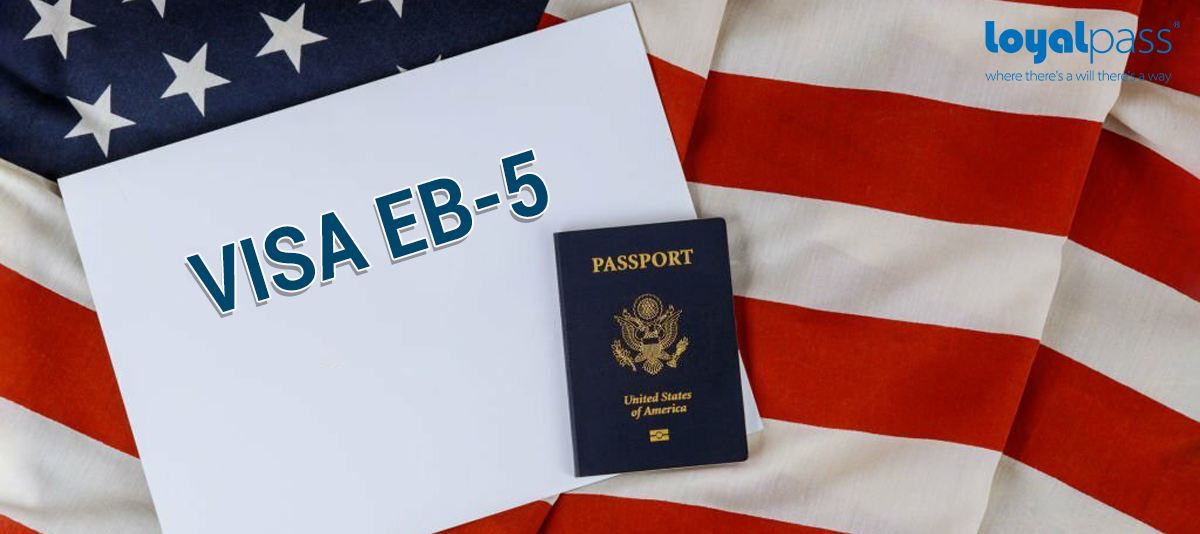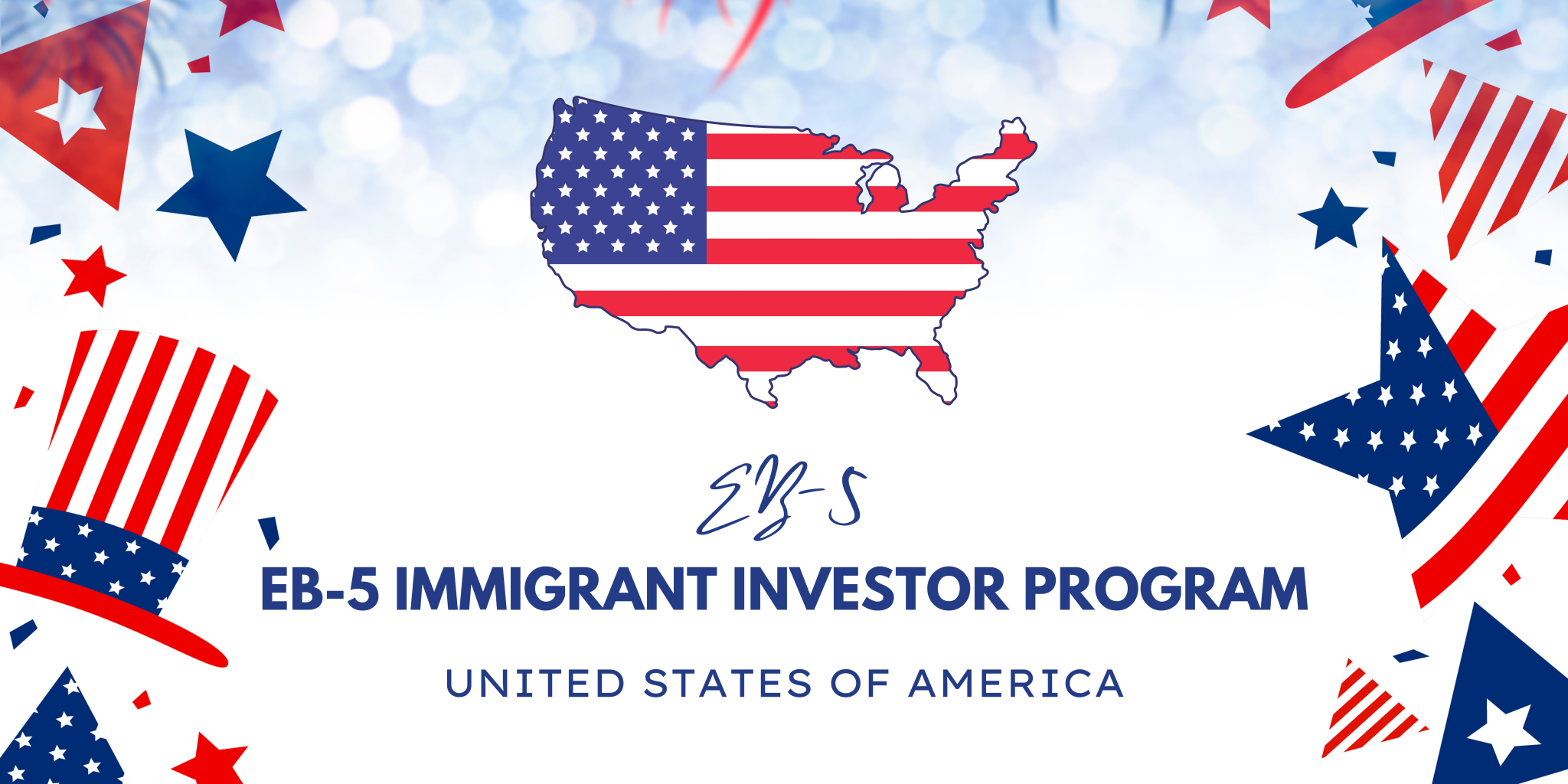GENERAL TIMELINE FOR EB-5
In order to attain a green card through the EB-5 program, there are four prescribed steps to be followed.
Firstly, a Form I-526 petition must be filed with the USCIS, which typically takes up to two years for processing.
Once the Form I-526 has been approved and the priority date is current, the applicant may submit either a Form I-485 application for adjustment of status with the USCIS, provided they are in the United States, or a Form DS-260 application for an immigrant visa with the Department of State (DOS).
Upon approval of the Form I-485 or admission into the U.S. with an immigrant visa, the applicant will attain conditional permanent resident status, which will remain valid for a span of two years.
At the cessation of this period, a Form I-829 petition must be filed to remove the conditions on the green card. While the processing time for Form I-829 petitions may vary, it generally takes around two years.
If the EB-5 requirements are met, the conditions on the green card will be removed, and the applicant will become a permanent green card holder. Throughout the Form I-829 adjudication, the conditional green card status remains valid until a decision is reached by the USCIS.

What Are the EB5 Investment Requirements?
To meet the EB5 requirements, you have two investment options to choose from:
- Make a direct investment of $1.05 million in a US commercial enterprise located outside the Targeted Employment Areas.
- Invest $800,000 in the Targeted Employment Area.
Both types of investments can be made using cash, tangible property, equipment, cash equivalents, or inventory. These options provide flexibility for investors to choose the best investment route that suits their preferences and circumstances.
Targeted Employment Area (TEA)
The TEA, which stands for Targeted Employment Area, encompasses rural areas, high-unemployment areas, or infrastructure projects. If you decide to invest in a business entity within one of these areas, the required investment amount reduces from $1.05 million to $800,000. However, to qualify for your TEA investment, you must create at least 10 full-time employment opportunities for US citizens within the next two years.
Here are the rules for qualifying as a TEA:
- High-unemployment area: The minimum requirement is 150 percent of the national average unemployment rate.
- Rural area: It refers to an area outside the MSA (Metropolitan Statistical Area) with a population under 20,000.
- A Job Creating Entity (JCE) is required for both areas to ensure employment opportunities are generated.
Source of Funds
To qualify for your investment, you must provide proof that your income comes from a reliable source. The United States Citizenship and Immigration Services thoroughly examines the income of each EB5 investor to prevent money laundering.
Your investment for the EB5 Visa must be traceable and legally sourced to meet the qualification requirements. Ensuring a transparent and lawful investment is crucial for a successful EB5 Visa application.

EB5 Employment Creation Requirements
The USCIS requires the EB5 investor to employ 10 US citizens on a full-time basis within two years after obtaining conditional permanent residency.
As per EB5 criteria, you must provide evidence that your investment directly led to the creation of these 10 full-time employment positions within the company you invested in. For those who invested through regional centers, they can demonstrate the creation of 10 induced or indirect jobs resulting from their investment. Meeting this employment requirement is essential to satisfy the EB5 visa criteria and maintain your conditional permanent residency status.
EB5 Regional Center Requirements
As an EB5 investor, you are free to choose between two investment options: individual investment or investing via regional centers. Regional centers act as facilitators by creating investor pools and connecting them with businesses in need of funding during their establishment. In the context of regional center investments, two critical entities come into play:
- New Commercial Enterprise (NCE): This is the entity in which the immigrant makes their investment.
- Job Creating Entity (JCE): This entity either provides loans or invests the EB funds to create employment.
Both these entities play vital roles in the regional center investment process, offering investors a pathway to participate in job-creating projects and contribute to the growth of the US economy.
EB5 Visa Requirements: Documentation
To ensure the validity of your application for the EB5 Visa, certain documentation must be provided. These documents include:
- A valid passport.
- Copies of personal and family member passports.
- Household registration documents.
- Evidence of any former immigration applications.
- Criminal record certificate.
- Documentation proving business ownership.
- Business License(s).
- Proof of the source of the investment sum.
- A detailed business plan.
- Organizational documents and partnership agreement.
- Position/Title statement and duty descriptions.
- Tax Returns and Bank Statements for the last 5 years.
- Documentation regarding any other sources of capital.
- An approved I-526 petition confirming the initiation of the investment process.
Additionally, the project documentation should include:
- Documentation proving that the required investment has been made.
- Documentation proving that the relevant business is established in a TEA (Targeted Employment Area).
- Documentation demonstrating that the said investment into the RC (Regional Center) will create a minimum of 10 direct/indirect full-time employment opportunities.
Ensuring you provide all the necessary documentation will support your EB5 Visa application and help facilitate a smooth and successful process.

How To Apply for the EB5 Visa
Once you meet the EB-5 Visa money requirements, you only need to follow a few more steps to become a valid applicant. Here’s what you need to do after finalizing your investment:
- Fill out Form I-526 and submit your application to the United States Citizenship and Immigration Services (USCIS).
- USCIS reviews your application and forwards it to the National Visa Center (NVC).
- The NVC provides instructions on how and where to pay the necessary fees and submit the required documents.
- Follow the NVC’s instructions and submit the required fees and documents as instructed.
- Apply for the EB-5 Visa and attend an interview at the US Embassy.
- If all goes well, you will be issued your Immigrant Investor Visa by the US Embassy.
Following these steps diligently will ensure a smooth and successful EB-5 Visa application process, bringing you closer to achieving your goal of becoming an EB-5 Visa holder in the United States.
Frequently Asked Questions About EB5 Investment Requirements
What is the minimum investment for EB-5 visa eligibility?
Choose between direct investment in a US enterprise ($1.05 million) or a TEA/regional center investment ($800,000) for the EB5 Investor Visa in the USA. Your gateway to a prosperous future awaits!
How does the EB5 program work?
The EB5 program is an investor visa program that enables investors making specific investments in US commercial enterprises to become eligible for conditional permanent residency. It benefits both the investor and the US economy.
Who can apply for an EB5 investor visa?
The EB5 Investor Visa is open to applicants from any country worldwide, provided they meet the EB5 criteria.
What is the EB 5 visa requirement for regional centers?
Opting for a regional center investment requires a minimum investment amount of $800,000. Additionally, the relevant regional center charges an administration fee of $50,000 to $70,000 for conducting the business-related tasks involved in your investment process.








